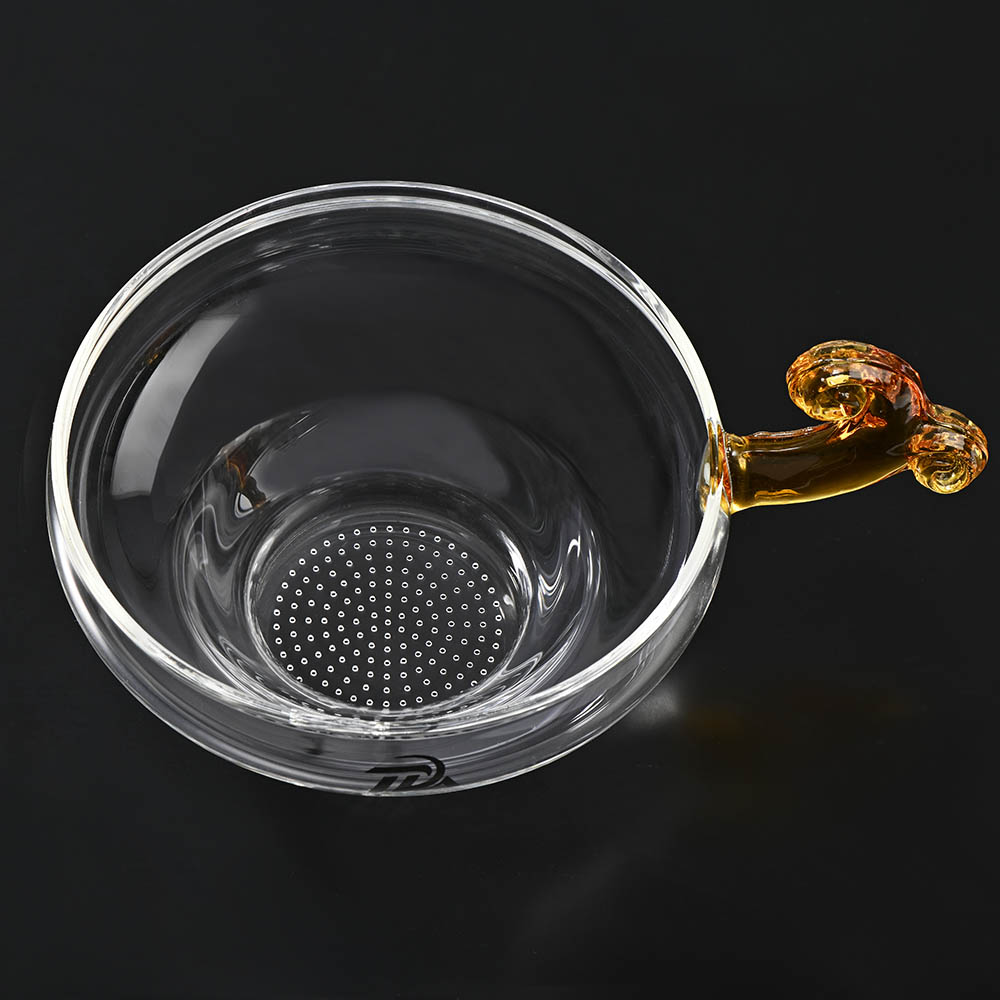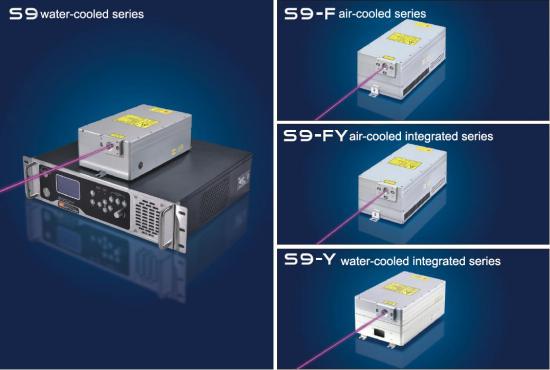
RFH S9 UV laser is used for cutting and drilling optical glass
Mar 14 , 2023RFH S9 UV laser is used for cutting and drilling optical glass

In the daily processing of many industrial products, the material of glass is needed, and the routine operation of glass drilling is also often seen. However, due to the difficulty of processing, many low-end products will be replaced by acrylic plates, but the texture is definitely not as good as on the glass.
Why is glass drilling difficult?
Glass is a material that is hard and brittle. In a large number of industrial processes, there are two difficulties that are difficult to break through. The thicker the glass, the harder it is to punch holes, and the smaller the holes, the harder it is. This reciprocation will eventually affect the output and yield rate.
Traditional glass punching method?
The most common tool for traditional processing is the glass drill bit, which is manually drilled by the master, and the final product effect depends entirely on the master's craftsmanship. However, with the widespread use of industrial machinery, more precise drilling can be achieved by mechanically controlling the glass drill bit, but it seems powerless when faced with some precision machining.
The size of the hole punched on the glass is the size of the glass drill bit. If you want to make some very small holes, you need to use a very thin drill bit. At this time, there will be another level of problems. The cost of replacing the drill bit cannot be ignored. The loss rate of the precision-machined drill bit is very high, and the price is not cheap.
This contact machining method will generate very high heat during friction, so water needs to be continuously cooled during the processing process. A little carelessness may cause glass breakage and further increase processing costs.
Laser: a new-generation way of glass processing
As one of the leaders in the industry, RFH laser has continuously made breakthroughs in the application field of lasers. With the latest RFH S9 series lasers, precision drilling operations can be performed in a non-contact manner.
The biggest advantages of using lasers to drill holes in glass are: cost savings, non-contact, high efficiency, and precision processing have significant advantages.
If you think that super-large machinery is needed to achieve such precision machining, then underestimate the RFH S9 series.
Compared with similar products, RFH S9 series pulsed ultraviolet solid-state lasers are smaller in size and more refined in design, without the need to enlarge the optical path, which greatly reduces the cost of use. Structurally, the RFH S9 UV laser has a very stable cavity structure and strong scalability. Lasers with different powers can be produced in the same cavity, and the laser quality is very high.

The RFH S9 series UV laser can also be hold in the face of precise glass drilling operations. Through the full digital intelligent power supply control, the parameters can be adjusted on the computer with very simple operations to punch out uniform holes.
When using RFH S9 series UV lasers for glass drilling, the laser wavelength is 354.7nm, the repetition frequency covers a wide range (single pulse to 200kHz), and the damage to materials is very small.
With high-quality beam quality (M2<1.2), RFH S9 series UV lasers have been strictly guaranteed in all frequency ranges, and the heat-affected area during processing is very small.
RFH laser has experienced 16 years of development. In the breakthrough of material processing time after time, RFH laser has continuously proved itself. Precise machining and glass drilling of precision instruments can be easily completed with the RFH S9 series.
RFH reduces costs for enterprises. The compact and integrated body does not take up too much space. The excellent and self-developed power supply design is the guarantee of laser quality. Constantly challenging more difficult processing, RFH will continue to bring enterprises better products and services .